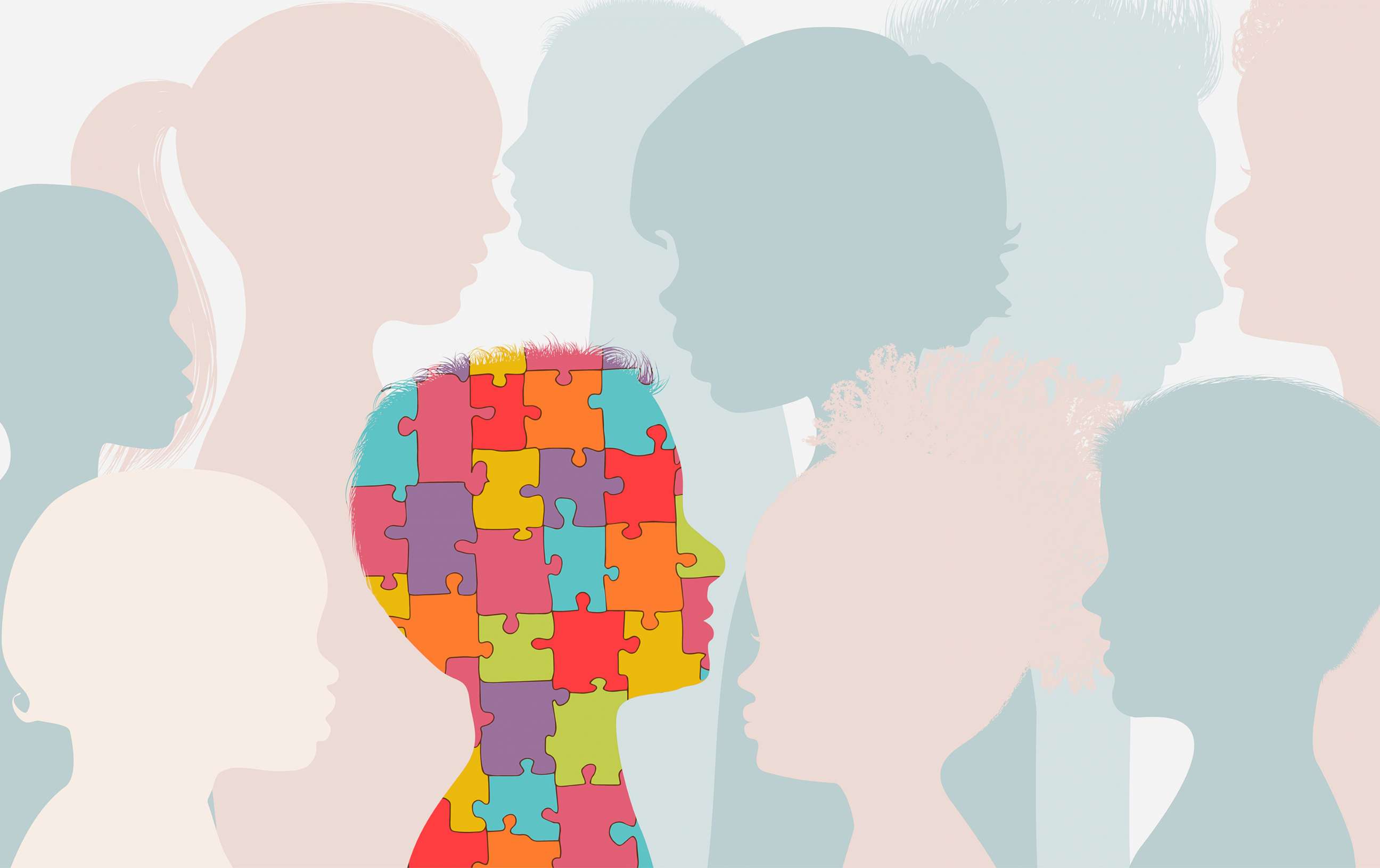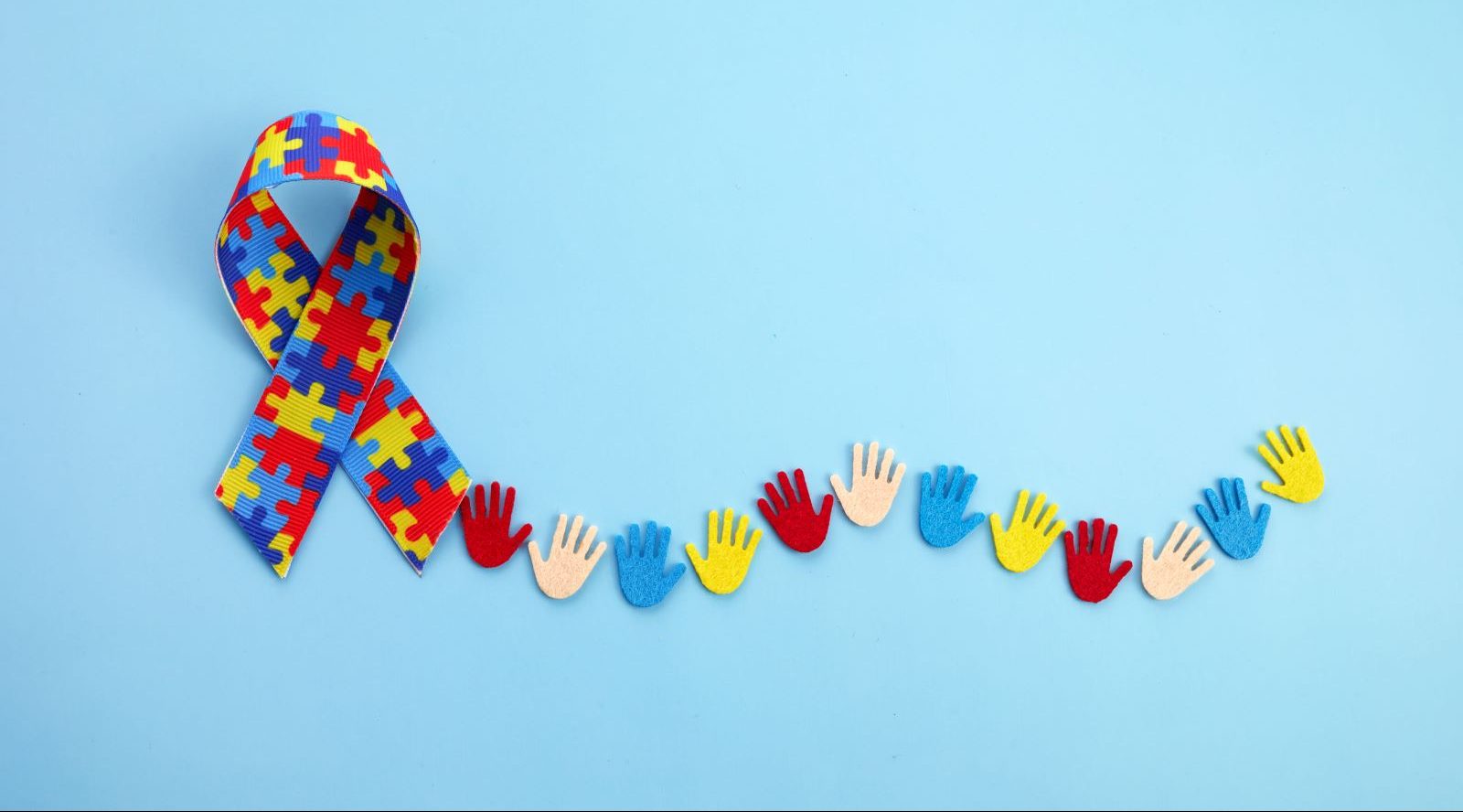The Duty of Education in Sustaining Trainees with Autism: Ideal Practices
The Duty of Education in Sustaining Trainees with Autism: Ideal Practices
Blog Article
Discovering Autism: Approaches for Reliable Interaction and Communication
Effective communication and communication with people on the autism range necessitate an extensive understanding of their unique requirements and choices. Methods such as using clear language, utilizing visual supports, and cultivating consistent regimens can dramatically enhance involvement and decrease anxiety. Moreover, identifying the value of non-verbal cues and shared passions leads the way for purposeful links. The ins and outs of these techniques reveal more factors to consider that merit exploration, particularly in how they can be adjusted to individual experiences and varied contexts. What might these adaptations resemble in method?
Understanding Autism Range Disorder
Autism Range Problem (ASD) includes a series of neurodevelopmental conditions identified by difficulties in social interaction, interaction, and repetitive actions. The term "spectrum" shows the diverse symptoms and differing levels of intensity experienced by individuals with ASD. While some may show significant problems, others might display high-functioning attributes, permitting higher freedom in day-to-day live.
The beginning of ASD usually happens in very early childhood years, with signs commonly well-known by age two. Early indications might include delayed speech advancement, minimal eye contact, and problems in comprehending social signs. Although the accurate etiology of ASD continues to be uncertain, study suggests a combination of genetic and environmental variables plays a vital duty in its growth.
Individuals with ASD typically possess distinct staminas, such as heightened attention to detail and outstanding memory abilities. They may have a hard time with understanding abstract concepts and managing adjustments to regular - autism. As a result, interventions and assistance customized to private needs are vital for promoting communication and social abilities. Identifying the intricacy of ASD is important for promoting recognition, approval, and effective approaches that promote significant interactions with people on the spectrum.

Significance of Clear Communication
Effective interaction is crucial for promoting understanding and link, especially for individuals with Autism Range Condition (ASD) Clear communication not only promotes social communications however also boosts the person's capability to express their emotions, ideas, and requirements. For people with ASD, the subtleties of language can often be challenging; for that reason, utilizing distinct and uncomplicated language is important.
Moreover, clear interaction aids reduce frustration and stress and anxiety that may emerge from misconceptions. When messages are communicated in a direct and consistent way, individuals with ASD are much better outfitted to analyze details precisely, which can substantially enhance their social involvement and engagement in different settings.
Developing routines and making use of visual assistances can even more reinforce clear communication. These strategies offer people with foreseeable frameworks that aid comprehension and retention of details. In addition, actively being and paying attention client during communications advertises a supportive environment where individuals with ASD really feel valued and comprehended.
Ultimately, prioritizing clear communication not just equips people with ASD however additionally cultivates even more significant links with their peers, caretakers, and the wider neighborhood, leading the way for comprehensive communications and collective relationships. - autism
Non-Verbal Communication Techniques
Communication expands past words, and for people with Autism Range Condition (ASD), non-verbal signs play a considerable function in communications. Non-verbal communication techniques can include faces, gestures, body language, and eye contact, all of which work as vital parts for conveying more information feelings and intentions.
Comprehending and translating these non-verbal signals can boost communications with people with ASD. As an example, a warm smile or open posture can create a welcoming atmosphere, encouraging involvement. Using aesthetic help-- such as image cards or signs-- can connect interaction spaces and help share messages more properly.
It is also important to be mindful of personal room, as individuals with ASD might have various comfort degrees regarding proximity. Observing their reactions to physical distance can educate appropriate modifications.

Developing Helpful Atmospheres
Creating a supportive atmosphere is vital for fostering positive interactions and boosting the wellness of people with Autism Spectrum Problem (ASD) Such environments can significantly lower anxiety and create a sense of safety, permitting people to share themselves much more openly.
To accomplish this, it is vital to take into consideration sensory level of sensitivities that people with ASD might experience. Changing the physical room to consist of soft lights, minimal history sound, and comfy seating can develop a soothing atmosphere. In addition, utilizing consistent routines and clear visual routines can aid people expect shifts and decrease uncertainty, further promoting comfort.
Social rooms official source need to be structured to lessen overwhelming stimulations while providing opportunities for engagement in recommended activities. Helping with locations marked for quiet time can additionally function as a refuge throughout moments of anxiety. Importantly, incorporating aspects of selection equips people, allowing them to exercise agency in their atmosphere.

Encouraging Social Communications
Promoting social interactions amongst people with Autism Range Problem (ASD) calls for deliberate methods that prioritize convenience and interaction. Developing predictable routines can help in reducing stress and anxiety, making social settings more approachable. Producing organized environments with specified duties and duties enables individuals to engage without the overwhelming stress of unstructured social characteristics.
Including rate of interests and strengths right into social activities can act as a stimulant for communication. For instance, organizing team tasks around shared hobbies or subjects of fascination can facilitate all-natural discussions and connections. Additionally, making use of aesthetic supports, such as photographic timetables or social manuscripts, can help in recognizing social cues and assumptions.
Modeling suitable social behaviors is critical - autism. Adults and peers need to show effective interaction strategies, including active listening and turn-taking. Role-playing scenarios can likewise supply a secure area for individuals to exercise these skills
Lastly, promoting peer connections via comprehensive techniques is vital. Motivating comprehensive playdates or team trips can develop chances for socialization in a comfy setup. By applying these approaches, caretakers and teachers can substantially improve social communications for people with ASD, promoting their overall social advancement and well-being.
Final Thought
In final thought, efficient interaction and communication strategies are you could try this out necessary for sustaining people with Autism Spectrum Disorder. Eventually, these methods encourage individuals with autism to navigate social landscapes, promoting their general wellness and allowing the growth of lasting relationships.
Effective communication and interaction with people on the autism spectrum require a detailed understanding of their one-of-a-kind needs and preferences. Clear communication not just promotes social communications but also enhances the individual's ability to express their thoughts, requirements, and emotions.Cultivating social communications amongst people with Autism Spectrum Disorder (ASD) requires willful approaches that focus on convenience and interaction. By carrying out these methods, caregivers and educators can substantially enhance social interactions for people with ASD, promoting their total social advancement and well-being.
In conclusion, efficient communication and communication methods are necessary for sustaining individuals with Autism Range Condition.
Report this page